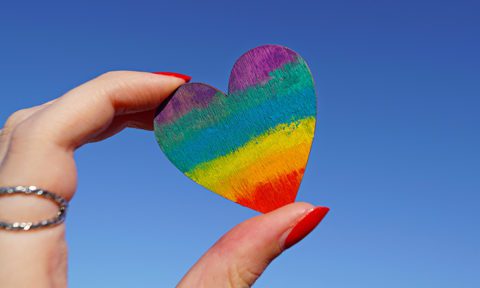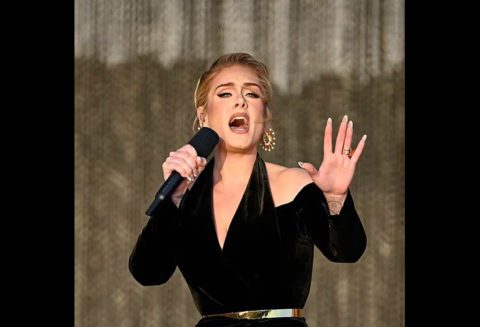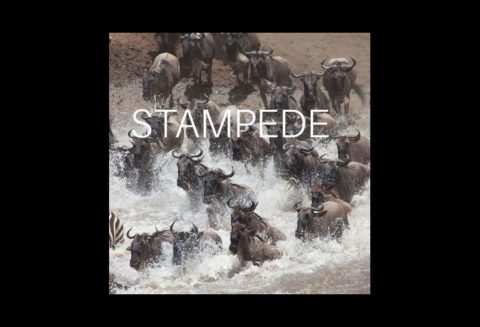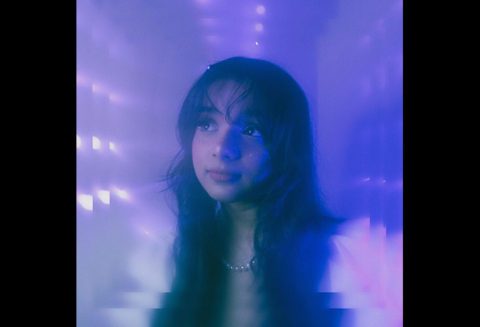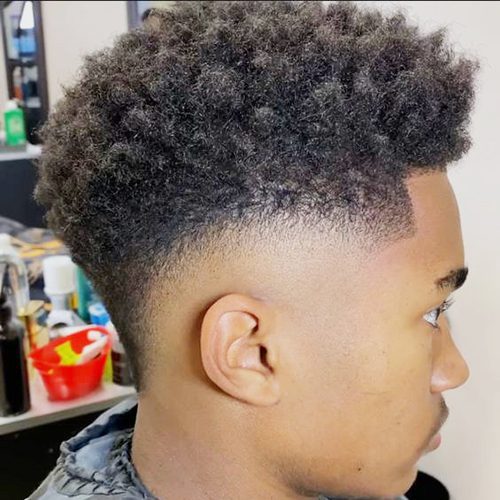
Few hairstyles command attention and admiration quite like the high taper fade. Favored for its versatility, clean lines, and sharp aesthetic, the high taper fade stands as a timeless choice for Black men seeking a blend of modernity and cultural heritage in their hairstyles.
With its origins deeply rooted in barbershop traditions, the high taper fade haircut has evolved into an emblem of confidence and sophistication. This iconic style seamlessly merges classic elements with contemporary flair, making it a staple among style-conscious individuals.
In this comprehensive guide, we delve into the realm of the best high taper fade haircuts for Black men, exploring a diverse array of options that cater to various preferences and personalities. From low-maintenance cuts suitable for the busiest of schedules to intricate designs that showcase unparalleled artistry, there’s a high taper fade haircut to suit every discerning gentleman.
High Taper Fade Haircuts For Black Men
FAQs
What is the difference between a taper vs a fade?
Taper and fade are two popular haircut styles, often used interchangeably, but they have distinct differences.
In a taper haircut, the hair length gradually changes from longer to shorter, typically towards the neck and sides. It creates a more subtle transition between different lengths of hair. Taper cuts can vary in length and can be customized according to the desired style.
A fade involves a much shorter cut at the bottom, gradually blending or “fading” into longer hair towards the top. Fades typically start very short at the base of the neck and ears and gradually increase in length as they move up towards the crown of the head. Fades can be categorized into different types based on how high they start on the head (e.g., low fade, mid fade, high fade).
Should I get a taper or fade?
Deciding between a taper or fade depends on your desired style and maintenance level. A taper offers a more gradual change in length, blending from shorter to longer hair. It’s versatile and suits various hair lengths and textures. On the other hand, a fade features a more abrupt transition, creating a sharper look with a clean finish. If you prefer a sleek, polished appearance with defined edges, a fade might be the better choice.
What is the difference between a low, mid and high fade?
The main distinction between low, mid, and high fades lies in the placement of the fade line on the head. A low fade starts just above the ear, a mid fade sits halfway up the head, and a high fade begins near the temples or higher. Low fades maintain more hair on the sides, offering a subtle transition. Mid fades strike a balance between subtlety and prominence. High fades create a bold, dramatic effect with a more noticeable contrast between lengths.
In which situation is a fade better than a taper?
Fades excel in situations where a striking, modern look is desired. They’re particularly suitable for individuals seeking a sharp, edgy appearance that stands out. Fades complement various hairstyles, especially those with shorter lengths or intricate designs. Whether you’re aiming for a trendy, urban vibe or want to accentuate facial features, a fade can enhance your overall aesthetic, making it ideal for those seeking a contemporary style statement.
In which situation is a taper better than a fade?
Tapers are preferable in scenarios where a more natural, blended appearance is preferred. They offer a softer transition between different hair lengths, making them suitable for individuals seeking a subtle, understated look. Tapers work well with longer hairstyles or for those who prefer a more traditional, classic appearance. Whether you’re aiming for a professional look or prefer a style that seamlessly integrates with your natural hair growth pattern, a taper provides versatility and elegance.
Which face shape is best for a taper?
Taper haircuts complement various face shapes, but they particularly accentuate oval and rectangular faces. The gradual decrease in length towards the neck creates a balanced look, enhancing the natural contours of these face shapes.
Which face shape is best for a fade?
Fades are versatile and suit many face shapes, but they often look exceptionally good on individuals with round or square faces. The sharp contrast between the shorter sides and longer top creates a dynamic effect that can visually elongate round faces or add definition to square ones.
Which is better, a low fade or a mid fade?
Deciding between a low fade or mid fade depends on personal preference and hair texture. A low fade blends closer to the neckline, offering a subtle, understated look. Conversely, a mid fade sits slightly higher, providing more visibility to the scalp and creating a bolder appearance.
Which type of hair is good for a fade?
Fades work well with most hair types, but they particularly shine with thick, coarse hair. The gradual transition from short to long creates a polished look, and the texture of thick hair allows for smooth blending, resulting in a sharp and defined fade.
Which type of hair is good for a fade?
The fade haircut typically suits most hair types, especially those with straight or slightly wavy hair. However, it can also work for curly hair, although it might require more skill from the barber to blend the fade seamlessly with the curly texture.
How do I ask my barber for a taper haircut?
When requesting a taper haircut, simply ask your barber to gradually decrease the length of your hair from the top down to the neckline, creating a tapered effect. You can specify the desired length at the top and how short you want it to taper towards the bottom.
How do I ask my barber for a fade haircut?
To ask for a fade haircut, communicate to your barber that you want the hair to gradually transition from longer at the top to shorter towards the sides and back, creating a faded effect. Specify the length you want for the fade and whether you prefer a low, mid, or high fade.
What tools does a barber use to create a taper haircut?
Barbers typically use a variety of tools to create a taper haircut, including hair clippers, scissors, a comb, and possibly a straight razor for detailing. Clippers with different guard sizes are crucial for achieving the gradual taper effect.
What tools does a barber use to create a fade haircut?
To create a fade haircut, barbers rely on tools such as clippers, scissors, combs, and possibly a straight razor. However, for fades, the barber will use clippers with various guard sizes to achieve the seamless transition between lengths, along with careful blending techniques for a smooth finish.
Is it rude not to tip your barber?
Tipping your barber is generally considered good etiquette in many cultures. It’s a gesture of appreciation for their skill and service. While there’s no hard and fast rule, a tip of around 15-20% of the haircut cost is customary. However, if you’re not satisfied with the service, it’s okay not to tip, but communication about any concerns is key to improving future experiences.
What is a No. 1 haircut and how short is it?
A No. 1 taper haircut involves using a clipper attachment labeled “No. 1” to cut the hair to a very short length, typically about 1/8 of an inch. This style offers a neat and clean appearance while still leaving some length for styling versatility.
Will a taper fade require a lot of maintenance?
A taper fade haircut generally requires moderate maintenance. Since it involves gradually shortening the hair from the top down to the neckline, it’s important to maintain the desired length and blend between different lengths. Depending on how quickly your hair grows and how sharp you want the fade to look, you may need touch-ups every 2-4 weeks to keep it looking fresh.
What is a Classic fade?
A classic fade is a timeless haircut where the hair gradually shortens from the top down the sides and back. The transition from longer to shorter hair is smooth and blended, creating a clean look. It’s characterized by its versatility, suitable for various hair types and lengths. The classic fade can be customized to achieve different styles, from a subtle taper to a more dramatic contrast between lengths.
What is a Skin fade?
A skin fade is a haircut where the hair is clipped very close to the scalp, gradually fading into the skin. This creates a seamless transition from the hair to the skin, giving the appearance of a smooth, bald fade. Skin fades are often seen as high-contrast and edgy, offering a bold and modern look. They require precision and skill to achieve, with the gradient seamlessly blending into the skin for a sharp finish.
What is a Burst fade?
A burst fade is a haircut characterized by a circular or oval-shaped fade around the ears. Unlike traditional fades that follow a straight or curved line, the burst fade creates a bold and striking effect with its rounded shape. This haircut emphasizes the natural contours of the head, adding dimension and interest to the overall look. Burst fades can be customized in terms of size and placement, allowing for creativity and individual style expression.
What is a Blowout fade?
A blowout fade combines elements of a fade with a blowout hairstyle, resulting in a voluminous and textured look. The hair is styled to create maximum volume and movement, with the fade adding contrast and structure to the sides and back. This haircut typically features longer hair on top that is styled upwards and outwards, giving the appearance of a “blown-out” effect. The blowout fade is popular among those who prefer a bold and dynamic hairstyle with a touch of urban flair.
What is a Drop fade?
A drop fade is a stylish variation of the classic fade haircut. In a drop fade, the fade starts at a higher point on the head and gradually “drops” down toward the neckline, creating a subtle arc shape. This technique adds depth and dimension to the haircut, enhancing its visual appeal. The drop fade works well with various hair lengths and textures, making it a popular choice among men seeking a modern and polished look.
Can women also get a taper fade, or is it mainly for men?
Yes, women can absolutely rock a taper fade haircut! While it’s been traditionally associated with men’s hairstyles, more and more women are embracing the versatility and edginess of the taper fade. Whether you prefer a bold statement or a subtle touch, a skilled stylist can tailor the taper fade to complement your unique style and facial features.
How do you know if a taper fade would suit me?
Deciding if a taper fade suits you involves considering various factors like your face shape, hair texture, and personal style. Generally, taper fades work well for individuals with defined jawlines and strong facial features. However, consulting with a professional stylist is key to determining the most flattering taper fade for you. They can offer expert advice based on your specific characteristics and preferences.
Is it difficult to do a taper fade?
Performing a taper fade requires skill and precision, but it’s not necessarily overly difficult for experienced barbers or hairstylists. Mastery of fading techniques, including blending different lengths seamlessly, is crucial to achieving a flawless taper fade. Additionally, attention to detail and understanding the client’s desired look are essential for a successful outcome. While it may seem daunting for beginners, with practice and dedication, mastering the taper fade can become a rewarding skill in the world of hairdressing.
You may also like:






































